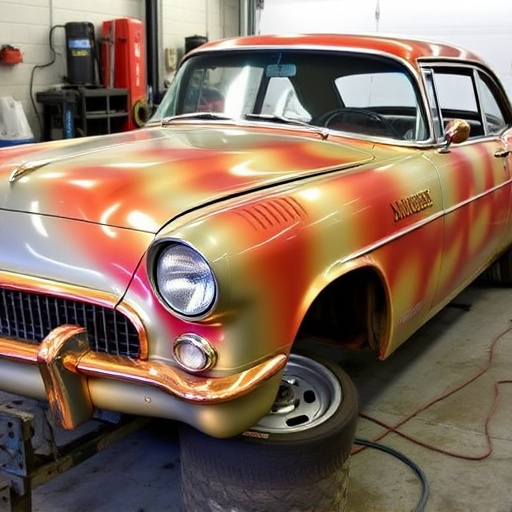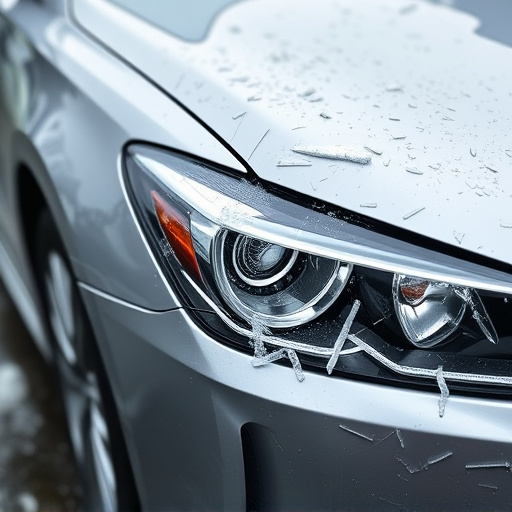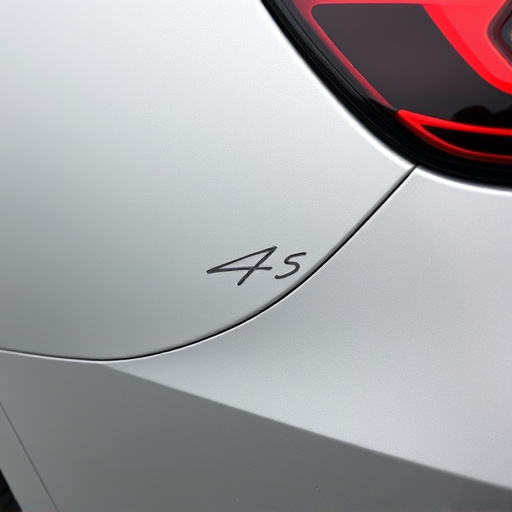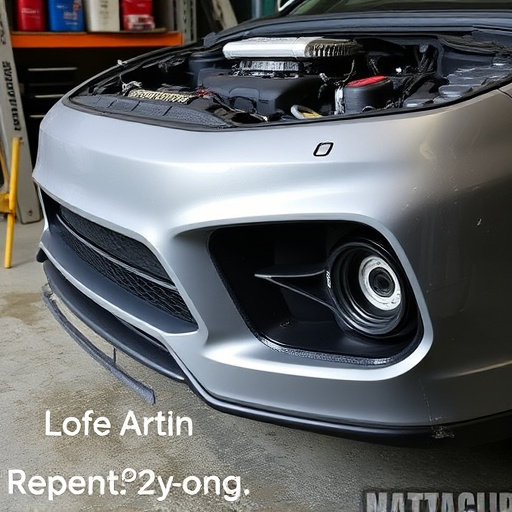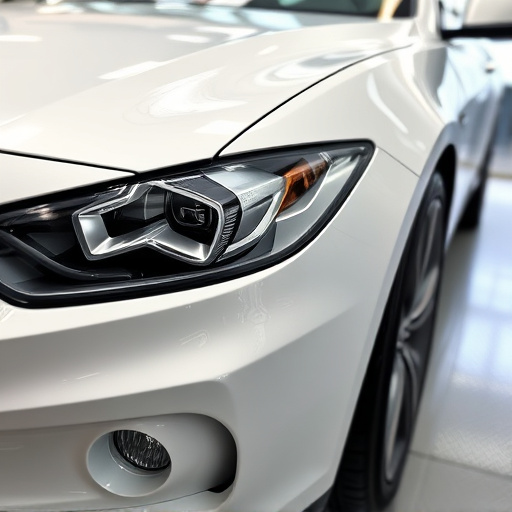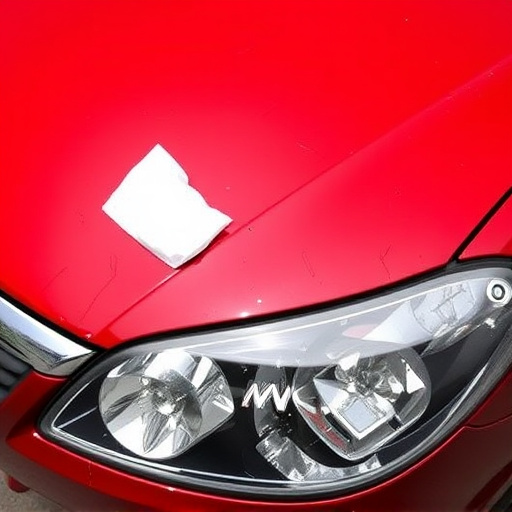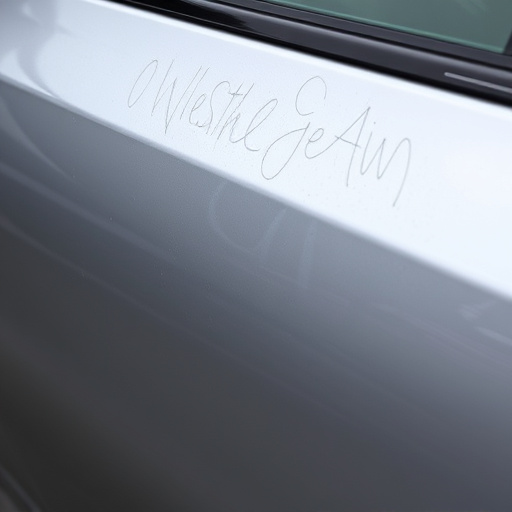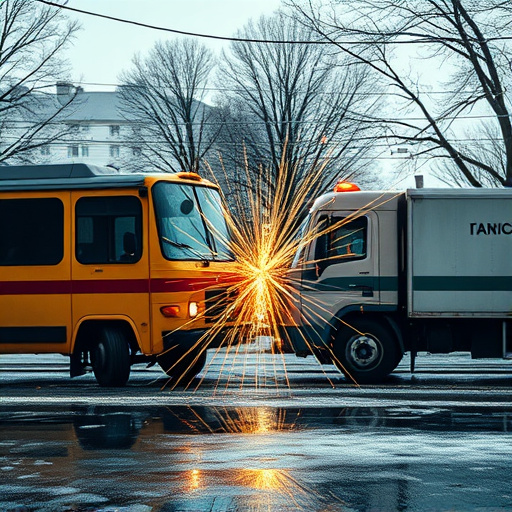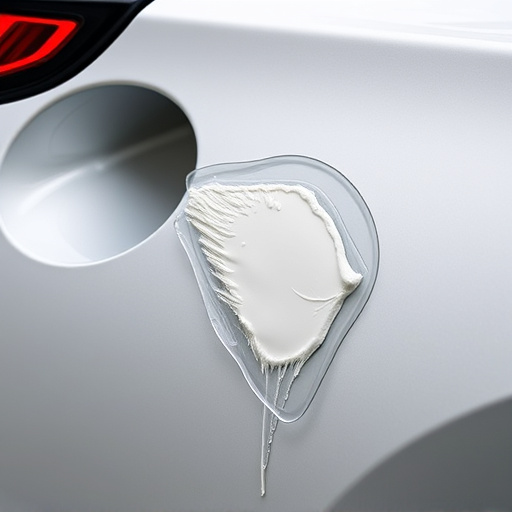Auto body professionals must understand that PDR (Paintless Dent Repair) on aluminum panels isn't a one-size-fits-all process, unlike steel. Aluminum's alloys and tempering processes vary, requiring specialized techniques and tools to avoid damaging the panel or compromising its structural integrity. Proper knowledge ensures top-notch PDR for aluminum panels, preserving both aesthetic appeal and structural soundness of vehicles.
In the realm of automotive restoration, Professional Dental Restoration (PDR) for aluminum panels presents unique challenges. This article illuminates common mistakes often made during PDR on aluminum, offering invaluable insights to avoid them. We explore critical aspects such as understanding the panel’s composition and its distinct characteristics compared to other metals. Furthermore, we delve into the significance of selecting appropriate tools designed for non-ferrous metals and the vital role of thorough surface preparation in achieving flawless repairs.
- Misunderstanding the Panel's Composition
- – Recognizing unique characteristics of aluminum panels
- – The difference between aluminum and other metals
Misunderstanding the Panel's Composition
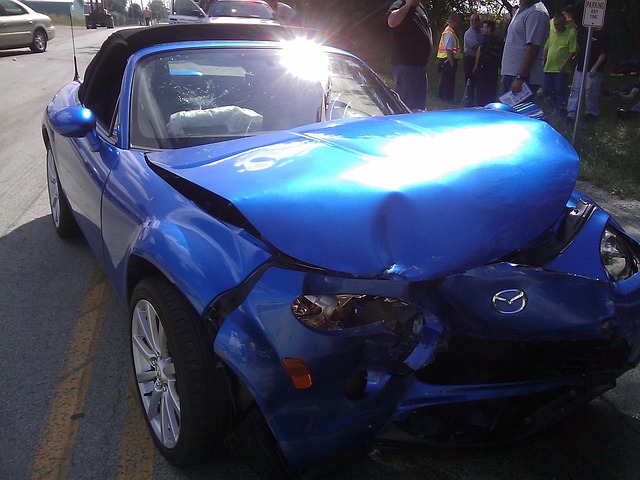
Many professionals in the auto body shop services industry make the mistake of assuming that all aluminum panels are created equal. However, understanding the composition and unique characteristics of each panel is crucial when it comes to effective PDR for aluminum panels. Not all aluminum is crafted equally; different alloys and tempering processes can significantly impact how a panel responds to dent removal techniques. For instance, some aluminum panels may have a higher content of magnesium or be heat-treated, making them more resilient and requiring specialized approaches during the repair process.
This misunderstanding often leads to subpar results in auto painting attempts, as the wrong techniques or tools can cause further damage or leave unsightly marks. To avoid these issues, body shop services experts must familiarize themselves with the specific composition of the aluminum panels they are working on. This knowledge enables them to select the most suitable PDR methods and tools, ensuring a successful restoration that maintains the panel’s integrity and aesthetic appeal.
– Recognizing unique characteristics of aluminum panels

Aluminum panels present unique challenges when it comes to PDR (Paintless Dent Repair). Unlike steel or other common materials in a vehicle body shop, aluminum has distinct properties that require specialized knowledge and techniques for effective dent removal. Understanding the characteristics of these panels is crucial for any auto body repair expert. One key factor is their inherent lightness and thickness, which can make dents appear deeper than they are. This optical illusion necessitates precise handling to avoid further damage during the PDR process in a collision center.
Additionally, aluminum’s non-ferrous nature means it doesn’t attract magnetic tools commonly used in steel panel repairs, making specialized equipment essential for effective dent removal. Professional technicians must recognize these nuances and adapt their strategies accordingly to ensure top-notch results without marring the surface or compromising structural integrity in an auto body repair setting.
– The difference between aluminum and other metals
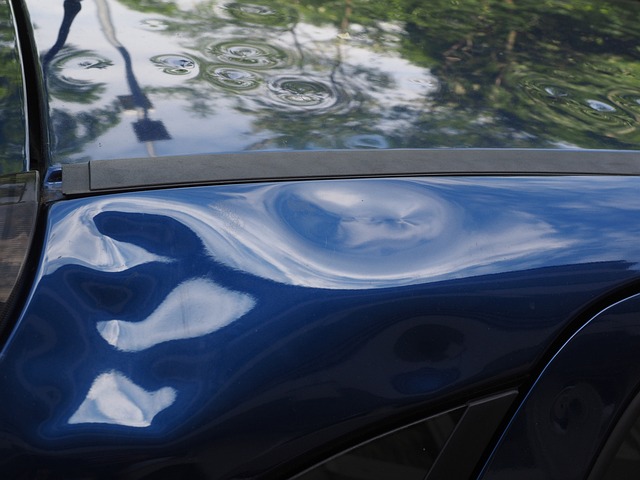
Aluminum is a unique metal with distinct properties that set it apart from its metallic counterparts, especially in the context of PDR (Paintless Dent Repair) for panels. While other metals may be more susceptible to damage and require intensive frame straightening or extensive body shop services, aluminum offers a different challenge. Its lower density and excellent corrosion resistance make it lighter and more resilient, but also slightly more delicate. In PDR, this means technicians must employ specialized techniques to avoid marring the surface while effectively removing dents.
Unlike some other materials that can handle aggressive repair methods, aluminum panels require a gentler touch. The key is to understand its behavior under pressure and temperature changes during the repair process. By utilizing the right tools and techniques tailored for aluminum, such as precise mallet control and specialized pulling tools, technicians can successfully restore damaged panels without causing further harm or leaving visible repair marks, ensuring a seamless finish that maintains the vehicle’s original appearance.
In conclusion, understanding the specific composition and unique properties of aluminum panels is key to successfully practicing PDR (Paintless Damage Repair) on them. By recognizing the differences between aluminum and other metals, as well as the distinctive characteristics of these panels, technicians can avoid common mistakes and deliver high-quality repairs tailored to this material. This specialized knowledge ensures optimal results for PDR services focused on aluminum panels, enhancing customer satisfaction in the process.
